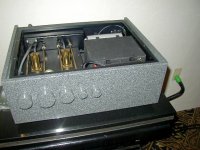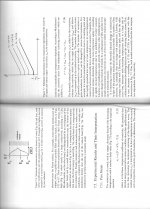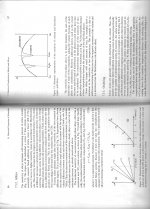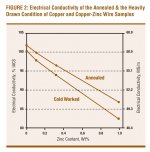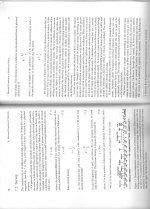My recommendation is to use the purest copper or silver wire that you can find. Stiffness does not necessarily mean anything useful here. Try for purer copper next time.
The purest copper in the world still suffers from significant reduction in conductivity due to lattice dislocations from work hardenening and the lack of subsequent annealing. What on earth is your point with regard to impurities if the conductivity is severely compromised due to work hardening? What other property of the wire is meaningful other than it's conductivity?
se
50% of the parts inside are military secrets
LOL, what a load of tripe.
Our amplifiers (Constellation) cost more!
Do they take bitcoins?
Do they take bitcoins?
Worst , USD .....
This shortened secondary on the transformer with pole piece as core dissipates most flux modulation in the pole piece and with that eddy currents perpendicular to the pole piece. Hence no need for a slit pole piece as you propose, however thought provoking the idea.John N,
I have been following the discussion on your interesting idea of a slit pole piece piecemeal, so it may have come up already, but here we go.
The slit pole piece concept minimizes eddy currents parallel to the pole piece. But these would already be dampened by using a shortening ring.
The harder eddy currents to iron out would seem to be those caused by flux modulations across the magnetic gap. These cause eddy currents in the pole piece that are in the same direction of your proposed slices. Therefore, the gaps between them will not really hamper these currents.
Btw, it are also these vertical eddy currents which you have in aluminum VC-formers in spite of the typical single slit that prevents eddy currents in the horizontal plane. Kapton or other insulaters are therefore to be preferred as VC former, if it weren't for thermal issues.[/QUOTE]
The aluminum former slit does prevent shorted turn w/r to the vc field, but the sheet conductivity of the aluminum moving in the gap is a magnetic brake. We agree non conductive is best here.
Any conductive ring near the vc will cause lenz effect, both to the primary vc field, and the field being dragged through the ring will cause magnetic drag. While it stops flux modulation in the iron, there is a cost.
I propose elimination of all shorting rings in proximity to the vc. My slit design does that, while not compromising reluctance much.
All these entities...aluminum braking, iron eddies, shorting ring eddies, all reflect back to the terminals as a reduction in inductance as well as an increase in effective series resistance.
jn
Did you actually measure the difference?
No, but the materials science guys have and the lattice dislocations caused by work hardening reduce the wire's conductivity. So why do you care so much about impurities and not care at all about this?
se
Western electric liked highly annealed copper 80 years ago . Lattice dislocation interesting.No, but the materials science guys have and the lattice dislocations caused by work hardening reduce the wire's conductivity. So why do you care so much about impurities and not care at all about this?
se
spoof
Essence gear is a bit more than countertop material, here's an image of the preamp.
(I'm the inventor of the buttcoin, the easiest way of international currency transfer, and I also have weird hobbies)
Attachments
Why not just coat plain old copper wire with thin film super conductor and then have a beer?
Because the superconductor doesn't solder at all without massively corrosive flux. You need the super inside the copper.
jn
Western electric liked highly annealed copper 80 years ago . Lattice dislocation interesting.
Plus annealing improves the flex life of the wire.
se
OK, this is the book that I work from when it comes to properties of copper and other materials. This is about the resistivity of copper, AND WHAT EFFECTS IT:
Lattice dislocations ALSO effect it, which is why work hardened copper has lower conductivity than annealed copper. The annealing process allows the copper to re-crystallize, removing the lattice dislocations caused by work hardening.
And as for impurities, they're talking about impurities in solution. Regular old ETP copper uses oxygen scavenging to remove impurities from solution, increasing it's conductivity. In other words, ETP copper can have the same conductivity as an oxygen free copper with a higher inherent purity. So it's a waste of money chasing the 9s. All those 9s look impressive for marketing purposes, but that's about it.
se
Attachments
- Status
- Not open for further replies.
- Home
- Member Areas
- The Lounge
- John Curl's Blowtorch preamplifier part II
